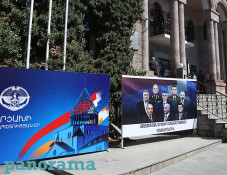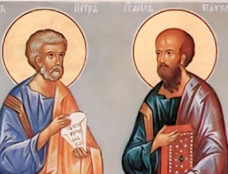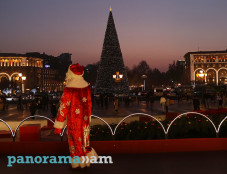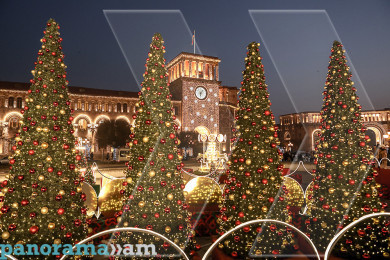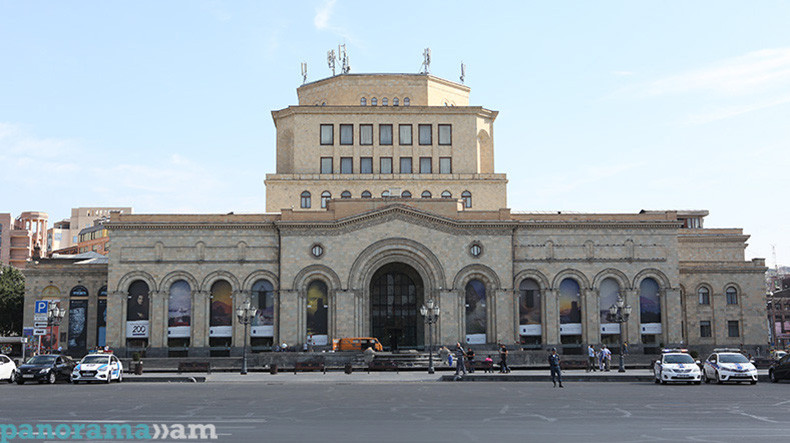
National Gallery of Armenia to exhibit artworks of 16-18th-century Italian artists
The National Gallery of Armenia will host an exhibition titled “The Form of the Colour: From Renaissance to Rococo” from 4 April to June 15.
The exhibition embraces artworks from the National Gallery of Ancient Art of Trieste made by the renowned Italian masters of the 16-18th centuries. It displays fifty-five paintings and drawings including both works by Italian artists of the Renaissance and those of later periods of European art, the gallery reports.
Masterpieces by Canaletto, Tintoretto, Bernardo Strozzi, Sodoma, Francesco Maffei, Guercino, Bernini and Battoni allow the viewer to have a complete idea about the diversity and richness of Italian painting of various epochs.
The exhibition more comprehensively represents Venetian school of painting. Jacopo Tintoretto stands out for his exclusive talent of mastering the colour. The excellent colour sense was peculiar for numerous painters of the school.
The exhibition displays a portrait of a man (ca. 1550) attributed to Tintoretto. It makes a perfect embodiment of Renaissance man - image of an independent and powerful individual.
The 17th century, the period of Baroque and Caravaggism, is represented with works of Bernini, Guercino, Strozzi and other renowned masters. Their works distinctly express chiaroscuro effects, irrationality, generalizations and decorative unity that are characteristic for that artistic movement.
In the 18th century Venice saw a new period of prosperity and became a main center of Europe’s creative life. Artworks distinguished by diversity of genres, decorativeness and vivid colouring are evidence of it.
Veduta, the specific type of urban landscape developed in Venice. It was best expressed in the art of Antonio Canaletto. He made paintings picturing the perfect environment of Venice, its daily life and feasts. A number of works on display are dedicated to the image of Madonna, one of the most favourite subjects in Italian art.
Francesco Capella, Nicola Grassi and Bartolomeo Ramenghi have made canvases reflecting taste and trends of the time - from mannerism pervaded with refined gracefulness to idyllic figures of academic style.
Newsfeed
Videos









